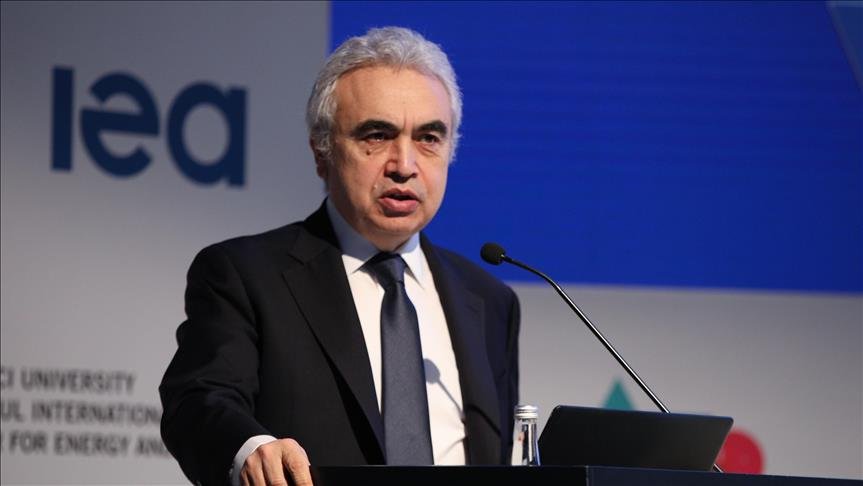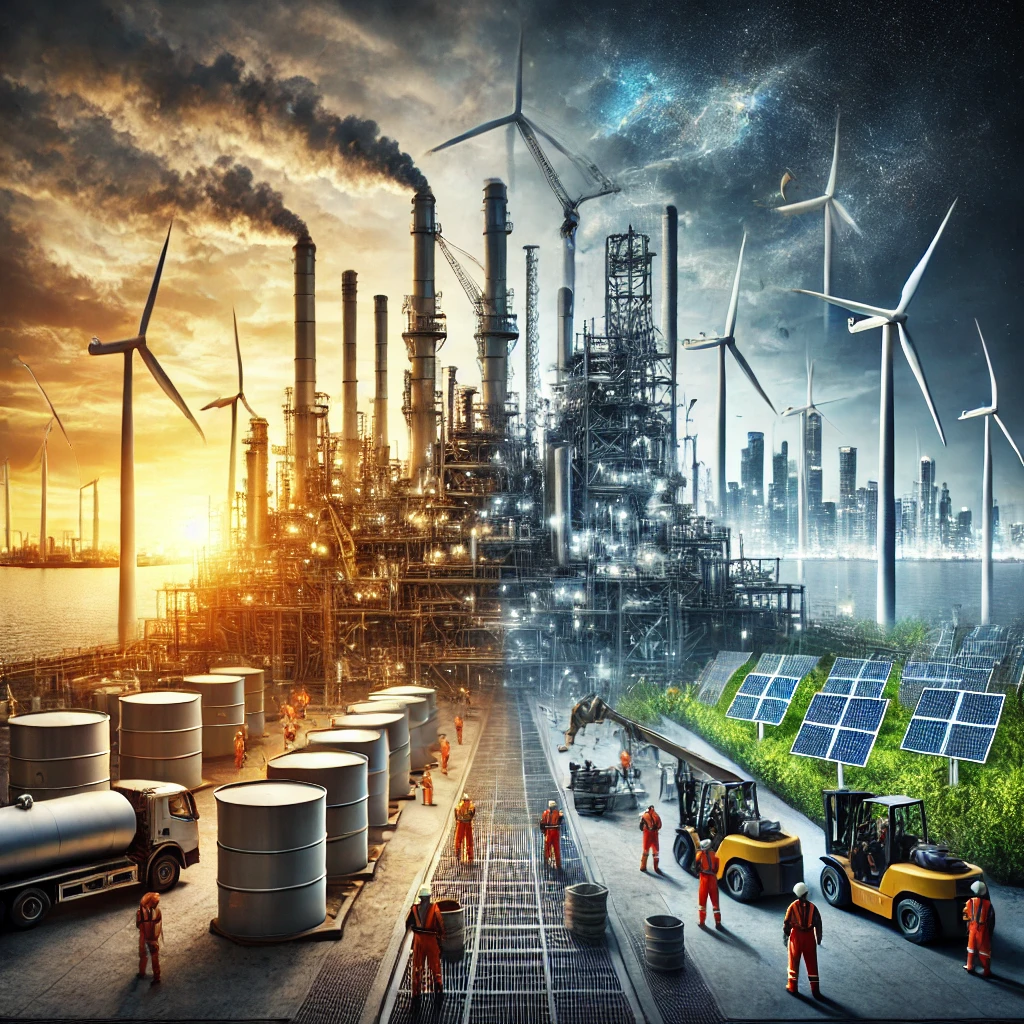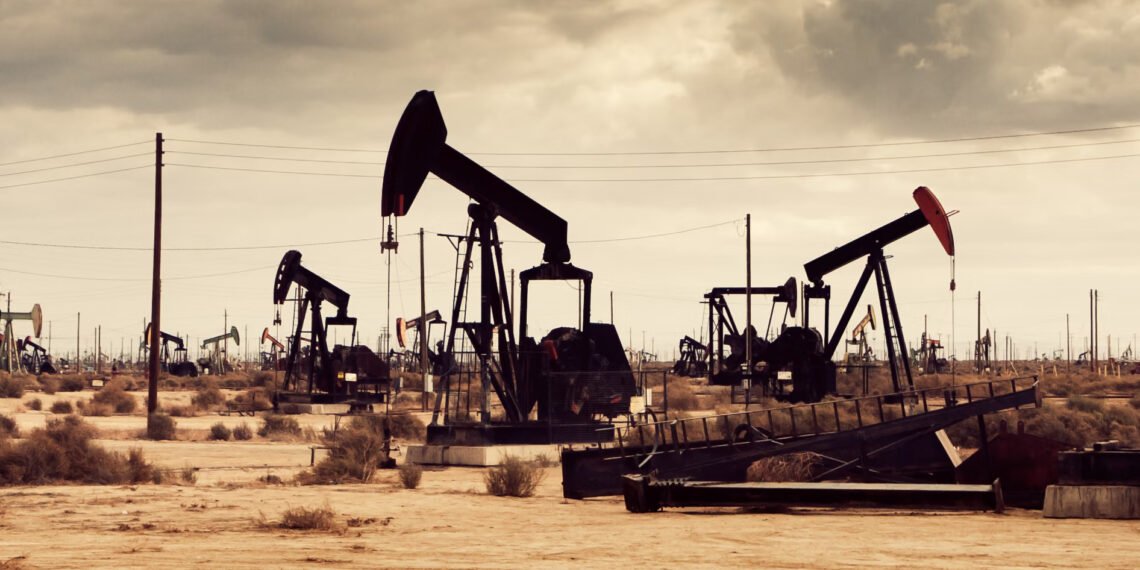The International Energy Agency (IEA) has issued a stark warning that the world must invest in new oil and gas resources simply to prevent production from collapsing, marking a major departure from its 2021 narrative that no new exploration would be required in a net-zero scenario.
In a new report titled The Implications of Oil and Gas Field Decline Rates, the Paris-based agency said maintaining today’s production levels into mid-century would require more than 45 million barrels per day of oil and about 2,000 billion cubic meters (bcm) of natural gas from new conventional fields by 2050.
The findings highlight the growing tension between energy security and climate transition policies.
IEA Executive Director Fatih Birol said the latest analysis underscores a challenge long voiced by the industry: that existing oil and gas fields are depleting faster than expected.
“Decline rates are the elephant in the room for any discussion of investment needs in oil and gas, and our new analysis shows that they have accelerated in recent years.”
IEA Executive Director Fatih Birol

According to the agency, nearly 90% of upstream oil and gas investment each year is not geared toward increasing supply but rather offsetting declines at mature fields. Birol painted a vivid picture of the situation.
“In the case of oil, an absence of upstream investment would remove the equivalent of Brazil and Norway’s combined production each year from the global market balance.
“The industry has to run much faster just to stand still.”
IEA Executive Director Fatih Birol
The report points to structural changes in global production as a key driver of accelerated decline rates.
The increasing reliance on shale production and deep offshore resources both of which typically see steeper output drop-offs than conventional onshore fields has heightened the need for continuous reinvestment.
From “No New Fields” to Urgent Supply Concerns

The IEA’s new position marks a significant shift from its 2021 Net Zero by 2050 roadmap, which suggested that no new oil and gas field development was necessary if the world followed a strict decarbonisation pathway.
The latest report acknowledges that while falling consumption could ease some supply pressures, the gap between current production and future needs remains too wide to ignore.
“Even with projects ramping up and others approved but not yet online, a large shortfall still exists that would need to be filled by new conventional projects to maintain production at current levels.”
IEA Executive Director Fatih Birol
This recalibration reflects the realities of a global energy system still heavily reliant on fossil fuels, despite rapid growth in renewables.
Oil remains central to transport and petrochemicals, while natural gas continues to underpin electricity generation and industrial processes in many economies.
The report also comes at a time when the IEA is under renewed scrutiny. The Trump Administration has pressed the agency to return to its founding mandate of safeguarding energy security, amid concerns that its recent focus on net-zero pathways has neglected supply stability.
Washington has warned that underinvestment in upstream oil and gas could leave markets dangerously exposed, fuelling price volatility and geopolitical tensions.
The IEA’s latest findings appear to align more closely with these concerns, acknowledging what many in the industry have long argued: without steady reinvestment, global supply chains risk severe disruption.
Balancing Energy Security and Transition

The challenge now, analysts say, is how to balance the dual imperatives of ensuring secure oil and gas supply while accelerating the shift to cleaner energy sources.
Birol himself hinted at this delicate balancing act, noting that while demand could indeed fall as renewables expand, “the amounts needed could be reduced if oil and gas demand were to come down,” but not eliminated entirely.
For developing economies, particularly in Asia and Africa, the message is even more pressing. Rising populations and industrial growth are expected to keep energy demand strong in the coming decades, even as advanced economies pursue aggressive decarbonisation policies.
The report also suggests that the consequences of underinvestment could be severe, with potential supply shortages leading to higher prices, disrupted economies, and increased reliance on a smaller number of producers.
The IEA’s latest findings reinforce the reality that the path to net-zero will not be linear. While renewables are scaling rapidly, the decline of fossil fuel infrastructure could outpace the ability of cleaner alternatives to fill the gap. This raises the spectre of supply crunches and energy insecurity during the transition period.
READ ALSO: Market Cheers as Ghana’s Treasury Auction Breaks Four-Week Drought with 15.8% Oversubscription



















